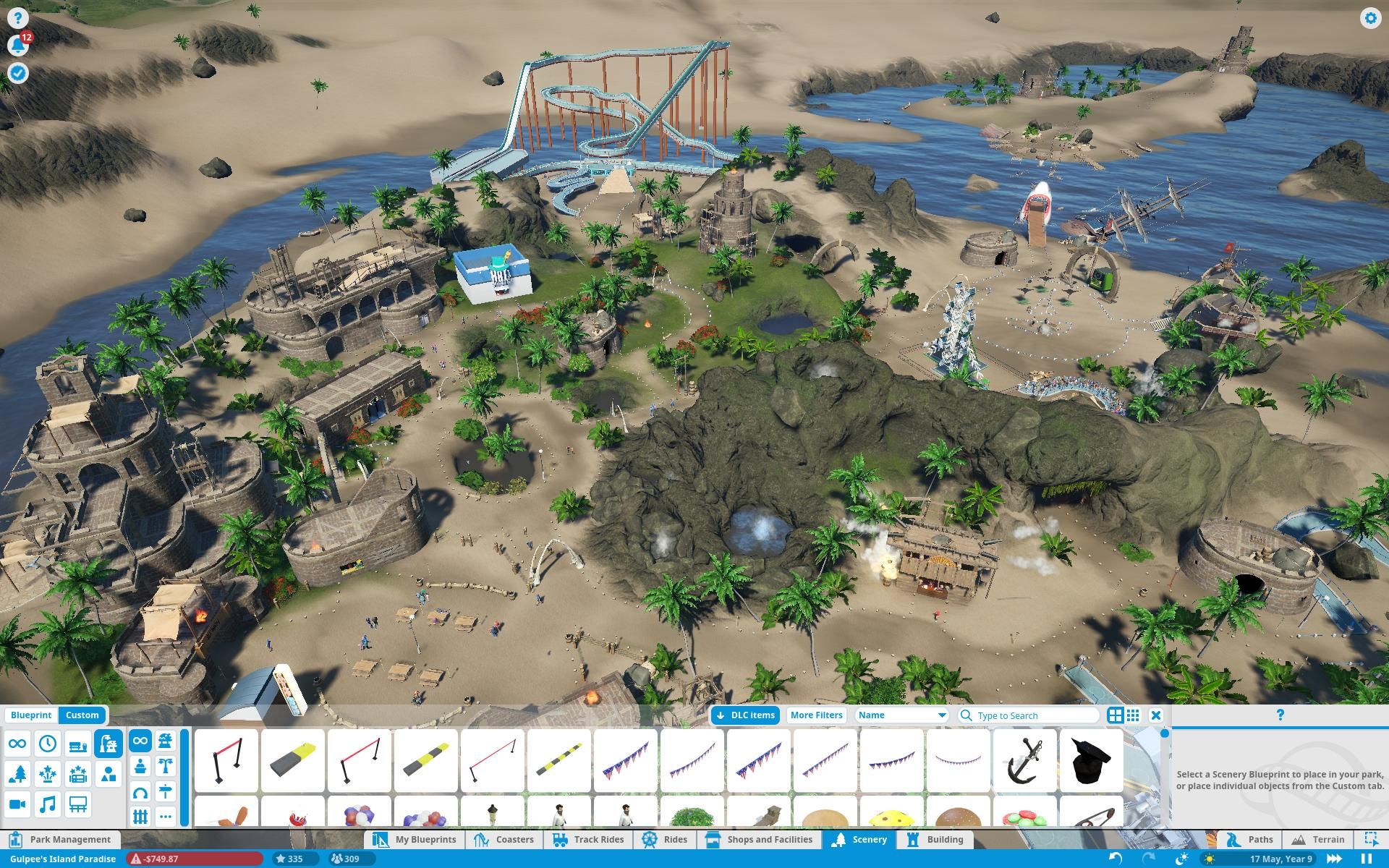
CIVILIZATION BUILDING GAMES PC
The PC game Stronghold also appeared in 1993, and was advertised as " SimCity meets Dungeons & Dragons in 3D".
CIVILIZATION BUILDING GAMES SERIES
Subsequent titles in the City Building Series followed, all simulating cities in past civilizations. In the same year, a blockbuster game which modeled cities in ancient Rome was published: Caesar. It started a series that continues ever since. Including The Settlers, which is set in medieval times and simulates a complex settlement and economic system dynamic, revolutionary at the time. The player's score was based on the well-being of his people.Ī second boost in genre popularity came in 1993 with the release of various games. Unlike the thousands of individual spaces possible a few years later in SimCity, each island in Utopia held only 29 "buildable" spaces for schools, factories and other constructions. The first sim game, Utopia (1982) developed for the Mattel Intellivision console system, covered many of these same elements, but was limited by the primitive screen resolutions of its era. Subsequent SimCity titles such as SimCity 4 soon followed when high sales of the game demonstrated its popularity. Indicators of success were maintaining positive budget balance and citizen satisfaction. Players followed personal preferences in design and growth. The city-building game genre was established in 1989 with SimCity, which emphasized continuous building rather than a set victory condition. It was subsequently adapted into The Sumer Game (1968), later known as Hamurabi. The earliest city-building game was The Sumerian Game (1964), a text-based mainframe game written by Mabel Addis, based on the ancient Sumerian city of Lagash.

See also: Chronology of city-building video games


 0 kommentar(er)
0 kommentar(er)
